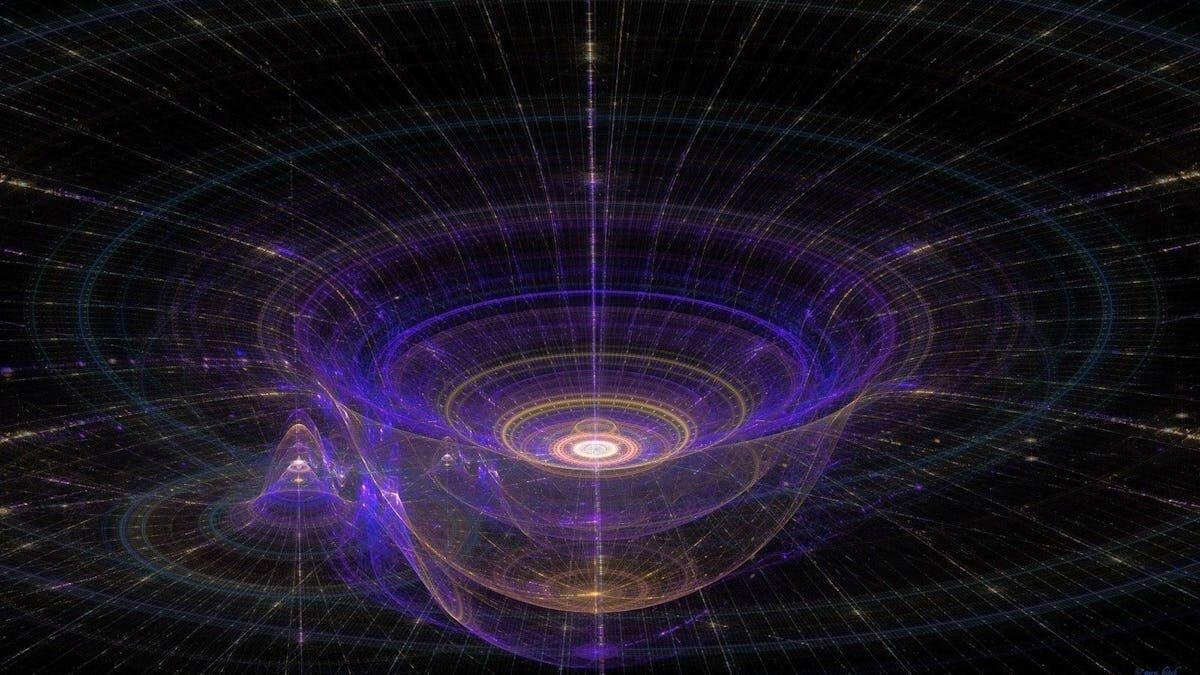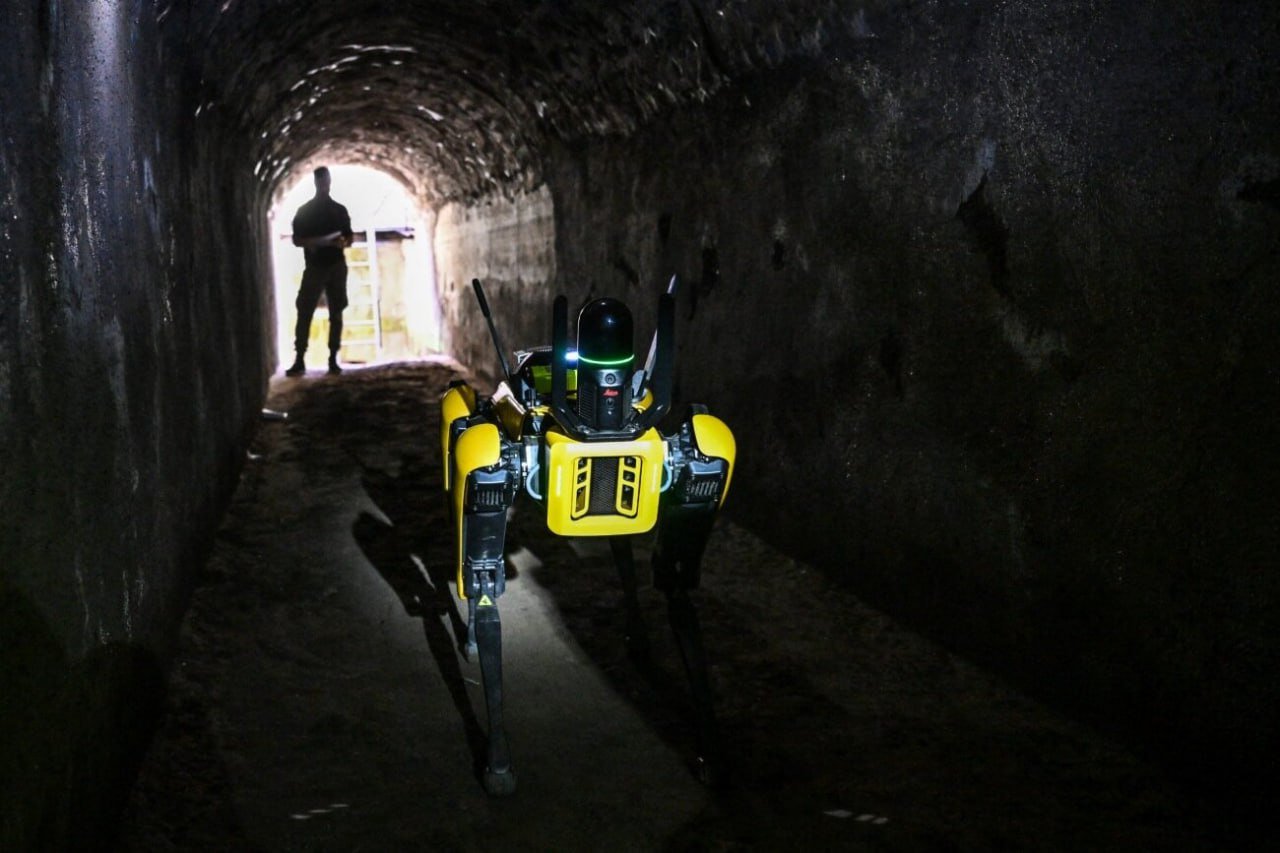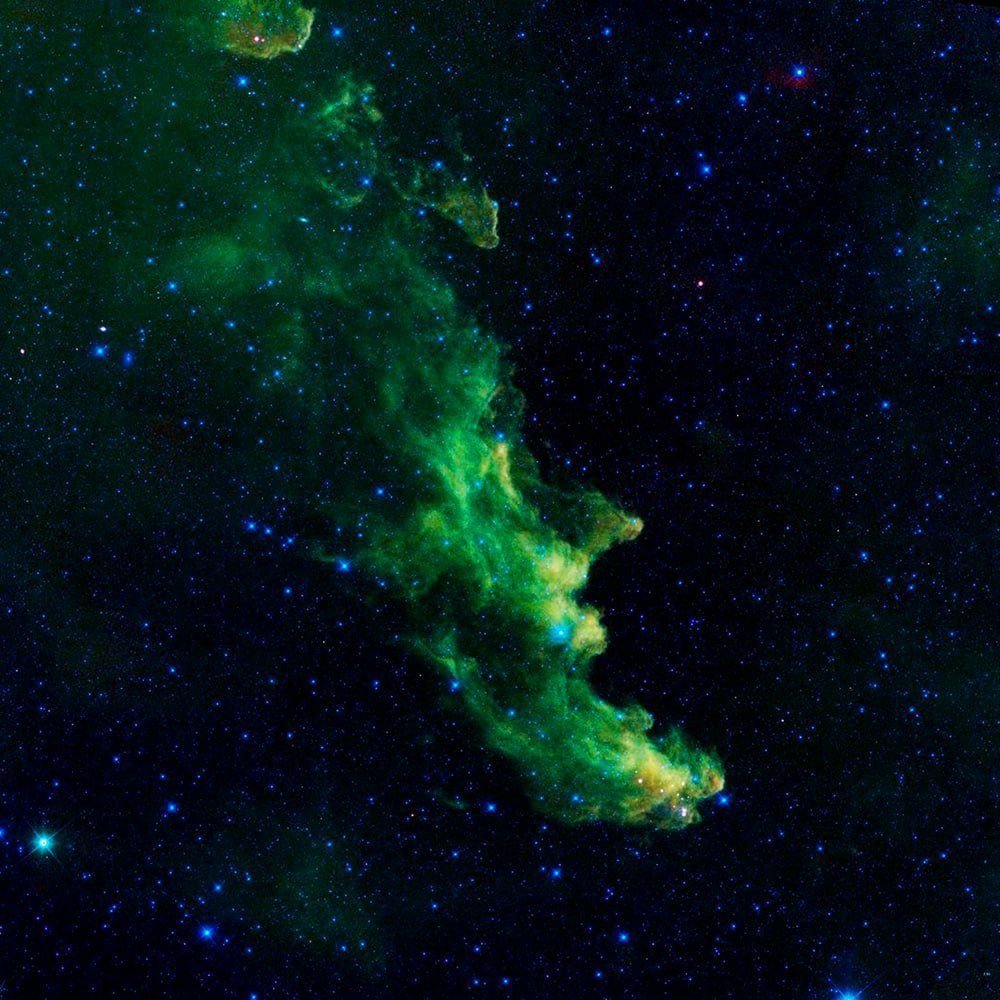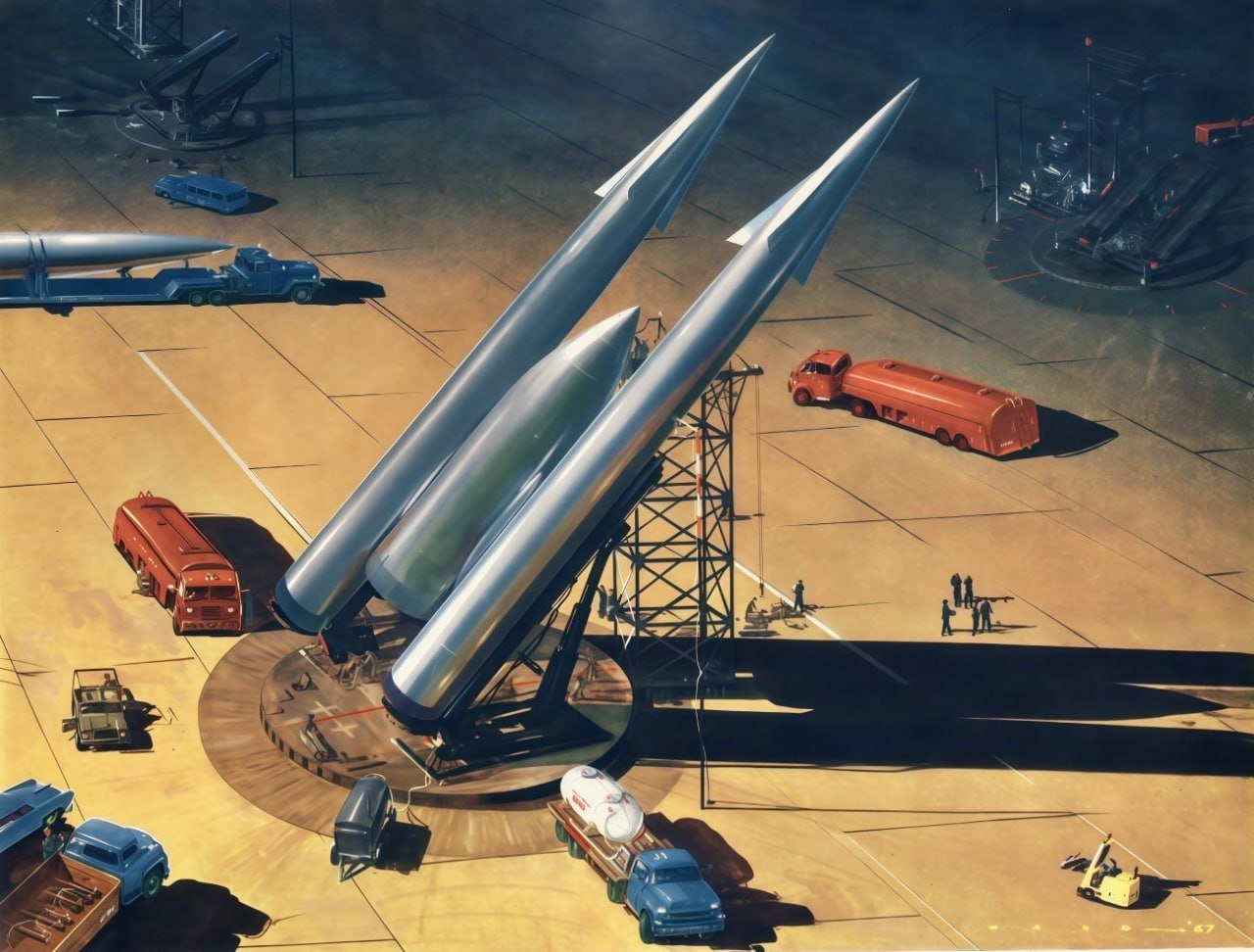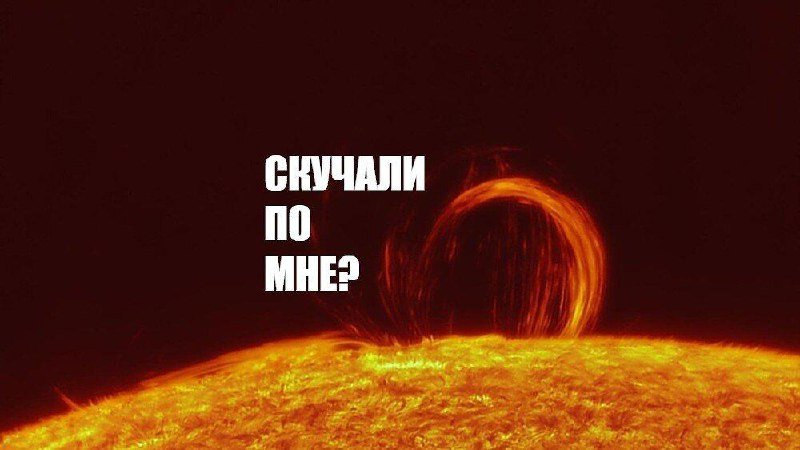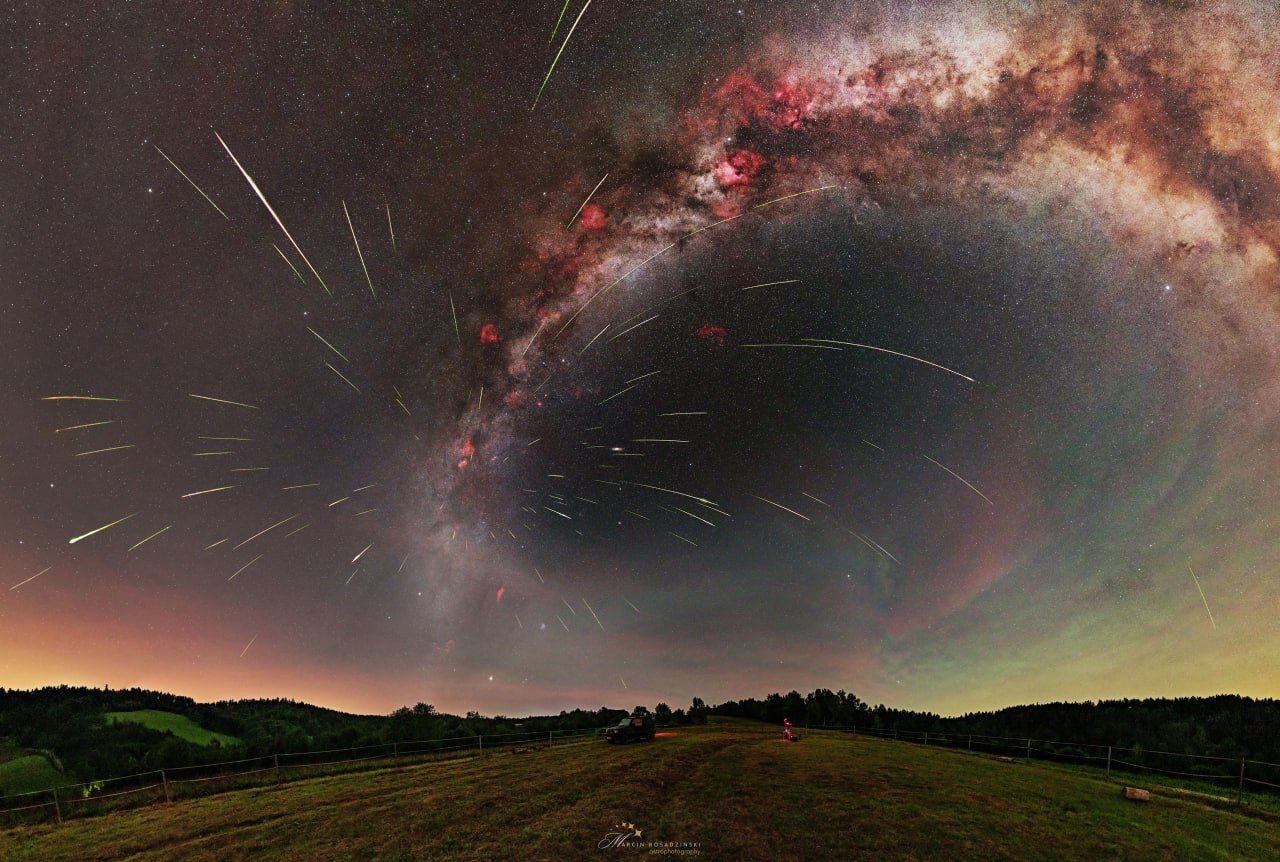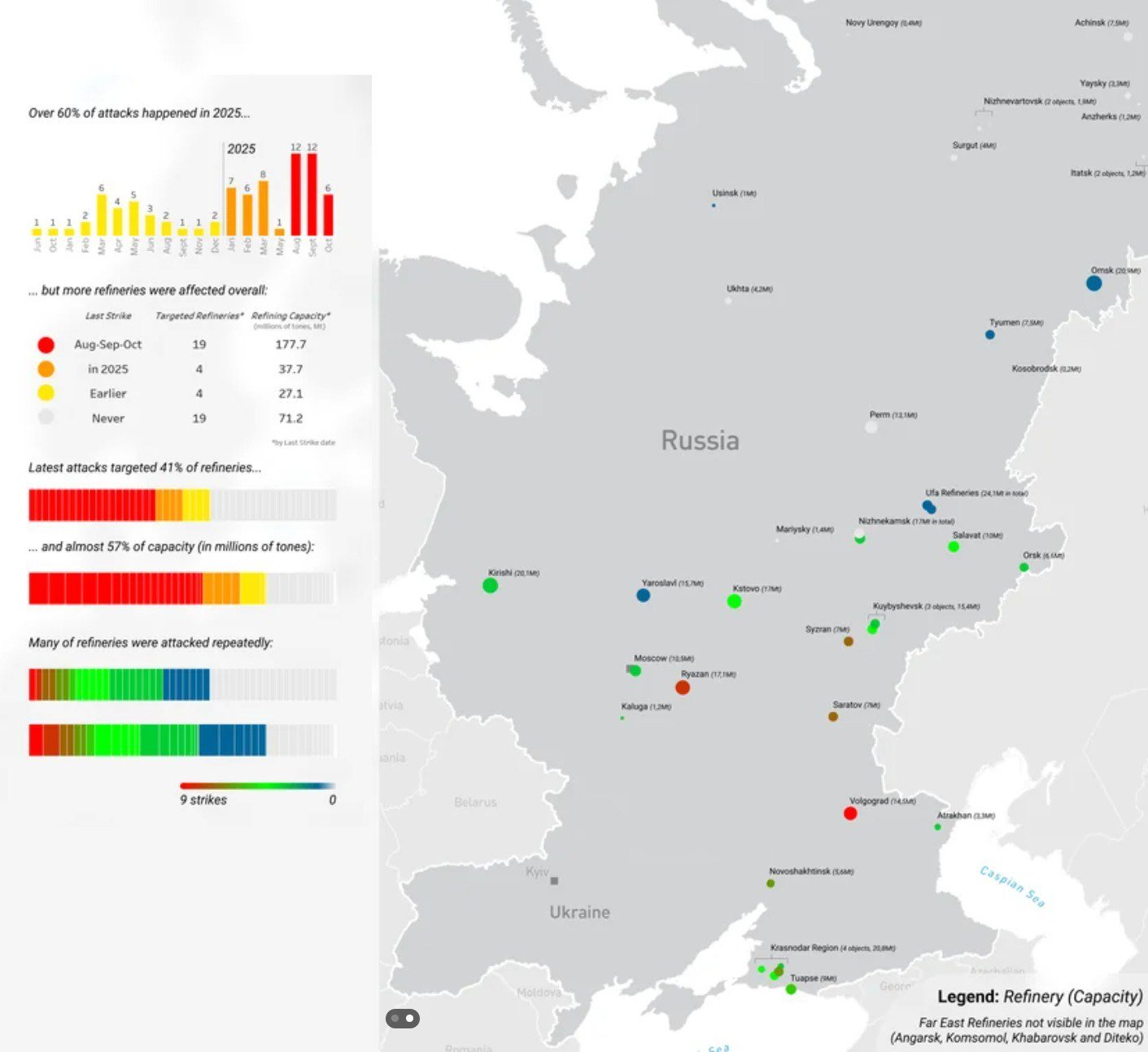Rsc Energia Patents Space System with Artificial Gravity
Rsc Energia Patents Space System with Artificial Gravity The patented space system by RSC Energia comprises one axial and four habitable modules, rotation means, and power supply. It is designed to ensure the station's continuous operation even if one hermetic connection element malfunctions. Rotation within the system enables the generation of an overload of 0.5g, equivalent to up to 50% of Earth's gravity. This innovation holds promising implications for long-duration space missions and the well-being of astronauts.
